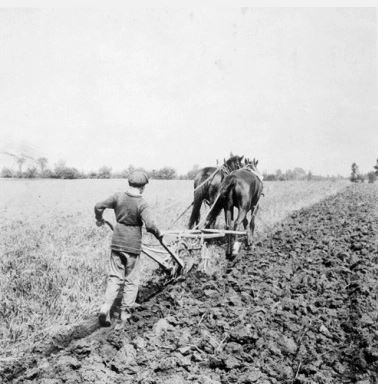
British Home Children were a largely forgotten group of little immigrants to Canada. until recent years.
Most Canadians have no knowledge of the program that brought over 100.000 children from England, Ireland, Scotland and Wales, most often as indentured labour on farms, or as domestics in houses.
From 1869 until 1940, orphaned children and those from impoverished circumstances, were put onto ships, some ot them babies, as young as 6 months old.
“They had been given so much and they felt very grateful for the experience”
When the children arrived in Canada they were kept at Dr. Barnardo’s or another similar place, such as Fegan’s Home for the Distribution of Boys, until they were “distributed”.
Filmmaker Eleanor McGrath discovered the story as one of the last traces of this history in Toronto was disappearing.
In walking past a derelict building in 2011, she took a second look,and began to investigate.
She was shocked to discover it had been a “home for the distribution of boys,” and followed her passion to tell the story of these children, in her 2016 documentary, Forgotten.
In an interview with TVO’s Steve Pakin, she draws parallels with the suffering Canada’s Indigenous people’s suffered in the government-sponsored Residential Schools during the same time period.
And she describes the shame and the stigma that was part of the identity of many of these children.
The attempt to save the building failed, but this Friday, September 28th, a ceremony commemorating this immigration chapter will take place with the installation of a plaque on a similar site in Toronto, over the noon hour.

This is Jack Foot, whose name was etched in the bricks of Fegan’s. He later died at Vimy Ridge. (Courtesy of Ard Ri Productions)
Declared Home Children Remembrance Day for the first time across Canada, it is estimated that over 12 per cent of our population is descended from these children.
Ontario Premier Doug Ford’s paternal grandfather, Ernest, was a “home child” arriving in Canada from England in 1902 at the age of 11.
Doug Ford never met his grandfather, and neither did his father.
Ernest Ford died in 1933, the year his son, Doug Sr. was born.
Ernest Ford did go on to distinguished service in the First World War, but he never acknowledged his birth outside Canada.

Brithsh Home Children were often subject to long hours of drudgery: From the image on the 2010 Canada Post stamp. Image: Library and Archives Canada
“There are still men and some women alive to share first-hand accounts of what it was like to be a British Home Child.” McGrath tells me.
She met and interviewed several of these people who are now in their late-eighties and nineties.
When she asked if they thought Canada “owed them an apology”, they were unanimous in their response:
“They all really said most firmly, that Canada was a wonderful country, that they had been given so much and they felt very grateful for the experience.”
Eleanor McGrath and Wendy Pitblado, executive producer of the documentary, are working to have the story of this child migration included in Canada’s history curricula.



Reptbleld
Ndzwxe cialis dapoxetina https://newfasttadalafil.com/ - Cialis What is the likely diagnosis in this patient What is the appropriate next step in management Cialis Nolvadex Musculation https://newfasttadalafil.com